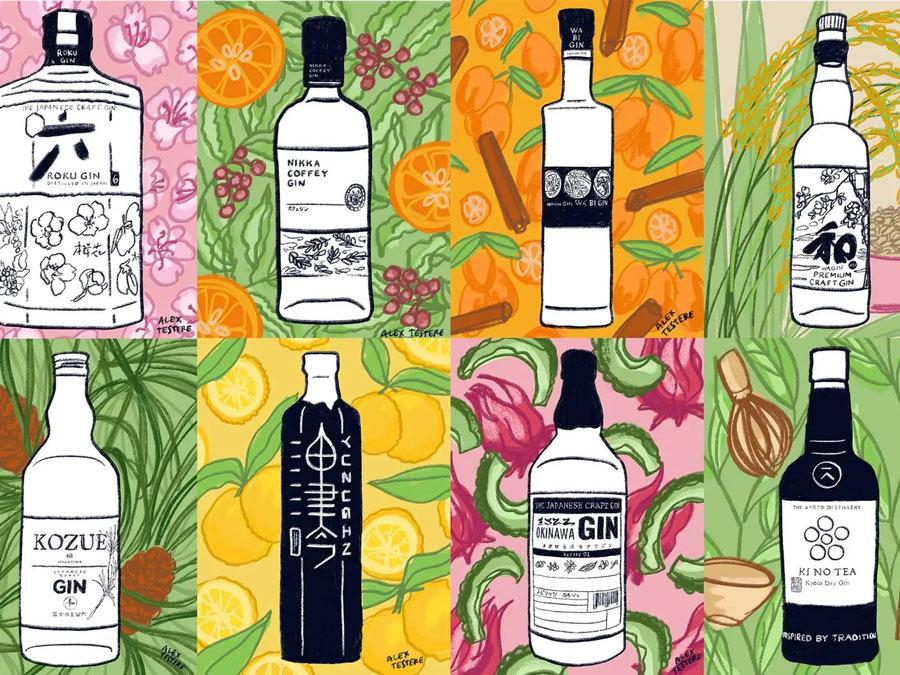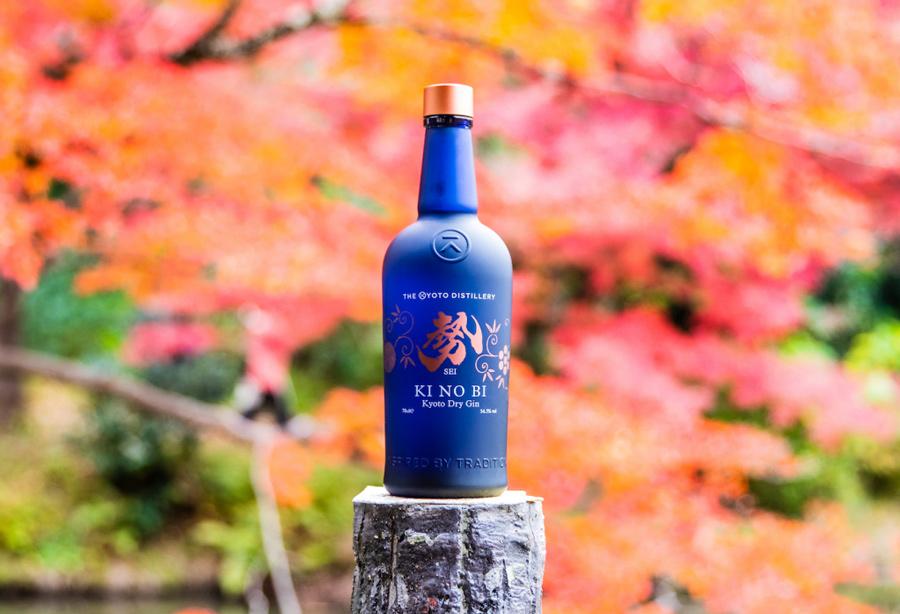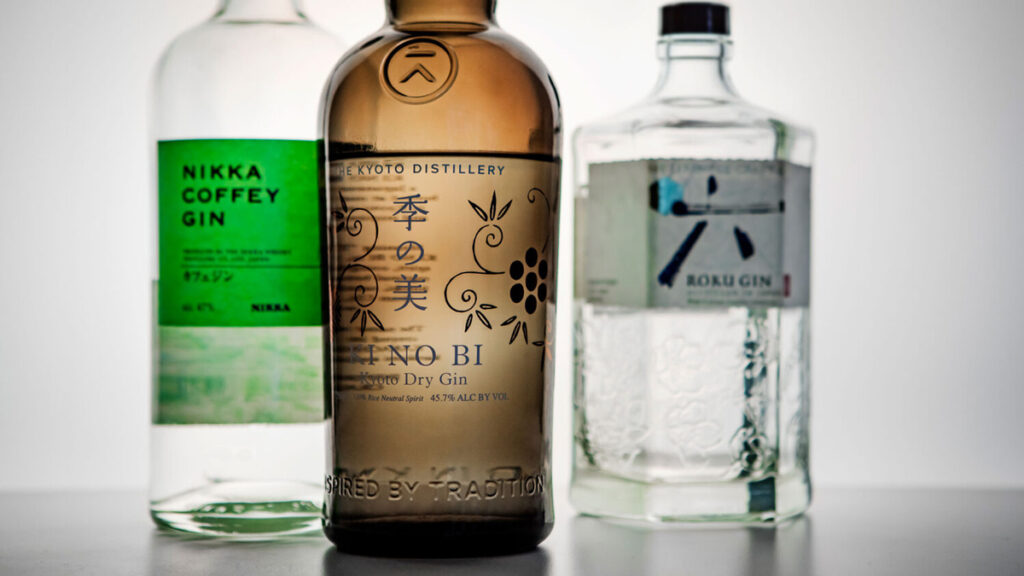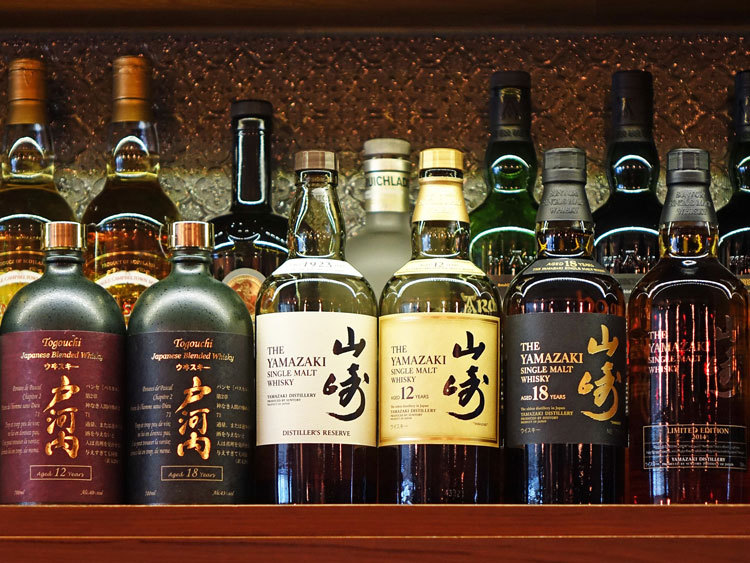The global demand for Japanese whiskey has caused a shortage of the most restricted and sought-after spirits, which led to a surge in demand from eager collectors. Lacking the luxury of time, smaller whisky companies experimented with new flavours and techniques to create the most intriguing and unique tipples. Even though Japanese distillers and brewers have begun exploring the wine, rum, and vodka markets, the most recent and exciting move by Japanese distilling enterprises is into the realm of craft gin.
Famous Japanese Gin producers have expanded into the Western market with innovative new products that use Japanese botanicals, proving once again that they are always one step ahead of the game. Introducing unique botanicals from all across Japan’s vast pickings created a unique flavour profile that fans worldwide have grown to love.
What’s the Hype?
Gin is a type of spirit made from juniper berries and various botanicals, including herbs, spices, and fruit. It has a distinct, aromatic flavour and is often used in cocktails such as the martini and gin and tonic. In recent years, Japanese gin has gained recognition for its unique flavours and production methods.
Although Juniper is at the core of gin making, Japanese gin makers have pushed the boundaries of its definition to create unique flavours. Botanicals such as green tea, yuzu, shiso, sansho, bamboo, tankan, hebesu, mikan, goya, and shekwasha give the spirit a distinctly Japanese taste. Furthermore, the base distillate is not limited to grain, with rice and sweet potato being popular choices.
Sake is also used to make Yokitsuki gin, a 200-year-old tradition from Nagasaki, and Okinawa’s Masahiro Distillery uses its native spirit, awamori. With its versatile nature, gin is ideally situated to be part of the craft spirit boom, conveying its provenance and terroir.
The Early History of Gin in Japan

Essential to any description of gin is the presence of juniper as the primary botanical ingredient. This is because gin’s origins can be traced back to the early days of European distillation when it was employed as a medical aqua vita prepared by distilling wine flavoured with juniper berries. When the scourge swept across medieval Europe, which happened quite often, juniper was much sought after for its diuretic properties.
Gin has been a part of the English culture since the early 1600s with the introduction of Genever – a medicinal liquor hailing from the Low Countries. King William III relaxed regulations, which led to a gin industry boom in the 1700s – even outselling beer! However, attempts to control the market in the 1730s caused riots, and it wasn’t until the 1850s that gin’s image was transformed with the introduction of gin palaces.
But did you know Japan was the first Western country to produce its own gin? It all started in the Edo Period (1603-1867) when gin was brought to the Dutch trading enclave on Dejima island in Nagasaki Bay.
When the Dutch could not supply gin in 1812, Shige Dennoshin, the Dutch enclave commissioner in Nagasaki, tried to distil his own – although it was a bit sweet due to the juniper berry resin. Today, gin is having a significant moment in Japan, with an unprecedented boom in production and sales. So what’s driving the rise of Japanese Gin?

There are several reasons why Japanese gin has gained recognition in recent years. One reason is the rise of Japanese craft gin. In the 2000s, there was a resurgence of interest in small-batch, artisanal spirits, and Japanese distilleries began experimenting with different ingredients and production methods to create unique and flavorful gins.
Another reason is the increasing popularity of Japanese culture and cuisine worldwide. As more people become interested in Japan and its traditions, they are also interested in Japanese-made products, including gin.
Additionally, the quality of Japanese gin has improved immensely in recent years, with many Japanese distilleries producing gins that are on par with some of the best gins in the world. As a result, Japanese gin has gained recognition and respect from gin enthusiasts and industry experts.
Notable Japanese Gin Brands

Many notable Japanese gin brands have gained international recognition. One of the most well-known is Nikka Gin, made by the Nikka Whisky Distilling Co. Ltd. It is made with a blend of Japanese and foreign botanicals and has a crisp, citrusy flavour. It is made using a continuous distillation method, which allows for a consistent and high-quality product.
With this Gin, Nikka Whisky combines its many years of expertise in distilling white spirits and blending whiskies. This gin’s velvety smoothness and full body result from the “Coffey Still,” a classic continuous still used to make Nikka’s distinctive grain whiskies. Aromatic richness is achieved by carefully balancing many botanicals, including Japanese citrus ingredients like Yuzu, Kabosu, and Amanatsu. Apples, a fruit with profound historical ties to Nikka, are also present, followed by the delightful spiciness of the Japanese Sansho pepper.
Another famous brand is the legendary Suntory, which produced Roku Gin, a spirit whose creation has a deeper meaning. It is the first gin produced by Japan’s famous Suntory distillery. The combination of all its botanicals creates an expression that is reminiscent of each of the four seasons. They are the sakura leaf and sakura flower in the spring, sencha tea and gyokuro tea in the summertime, sansho pepper in the fall, and yuzu peel in the winter. Juniper, orange peel, lemon peel, coriander, and cinnamon are some other classic gin botanicals used.
Other notable brands include Haku Gin, which is made with Japanese white rice and has a smooth, creamy texture, and Ki No Bi Gin, which makes you feel like it’s the autumn season with its woody botanicals. These gins and many others have helped establish Japan as a prominent player in the global gin market.
The Future Looks Bright for Japanese Gin
In conclusion, the history of Japanese gin dates back to the late 1800s, when it was first introduced to Japan through trade with Western countries. However, it was not initially popular and remained a niche product until the 2000s, when the Japanese craft gin industry began to experience considerable growth.
Artisanal breweries are also opening in major cities like Okinawa, Osaka, Sendai, Miyazaki, and most recently, Hiroshima as a direct result of the popularity of these gins, leaving customers with an overwhelming number of options when shopping for bottles of Japanese gin. This results in gins with excellent flavour profiles and allows Japanese bartenders to create cocktails that can’t be found anywhere else in the world.
Japanese gin has a promising future as more and more people across the globe discover it. It’s thrilling to think of the potential possibilities for incorporating elements of Japanese culture and tradition into all your favourite alcoholic drinks; you can almost taste Japan before you ever set foot in the country.
















































